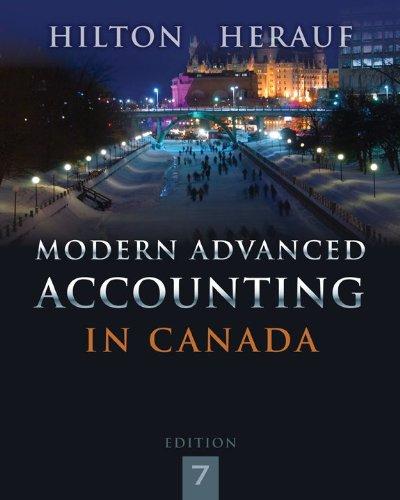On December 30, Year 7, Pepper Company agreed to form a business combination with Salt Limited. Pepper
Question:
.png)
Consolidated financial statements will be prepared to combine the financial statements for the two companies. The management of Pepper is concerned about not exceeding a debt-to-equity ratio of 3:1 because of a covenant in a borrowing agreement with its bank. It wants to see how these consolidated statements would differ under two different methods of reporting: acquisition and new entity. Management also has the following questions when reporting this business combination:
€¢ Why, under the acquisition method, is one set of assets and liabilities adjusted to fair value, whereas the other set is left at carrying amount?
€¢ Given that under the acquisition method we can measure and report the net assets at fair values at the date of acquisition, why would we not report fair values at each subsequent reporting date?
€¢ Which balance sheet best reflects the economic reality of the business combination?
Required:
Prepare a consolidated balance sheet at the date of acquisition under the two methods and respond to the questions asked by management.
Financial statements are the standardized formats to present the financial information related to a business or an organization for its users. Financial statements contain the historical information as well as current period’s financial... Balance Sheet
Balance sheet is a statement of the financial position of a business that list all the assets, liabilities, and owner’s equity and shareholder’s equity at a particular point of time. A balance sheet is also called as a “statement of financial...
Step by Step Answer:

Modern Advanced Accounting In Canada
ISBN: 9781259066481
7th Edition
Authors: Hilton Murray, Herauf Darrell





